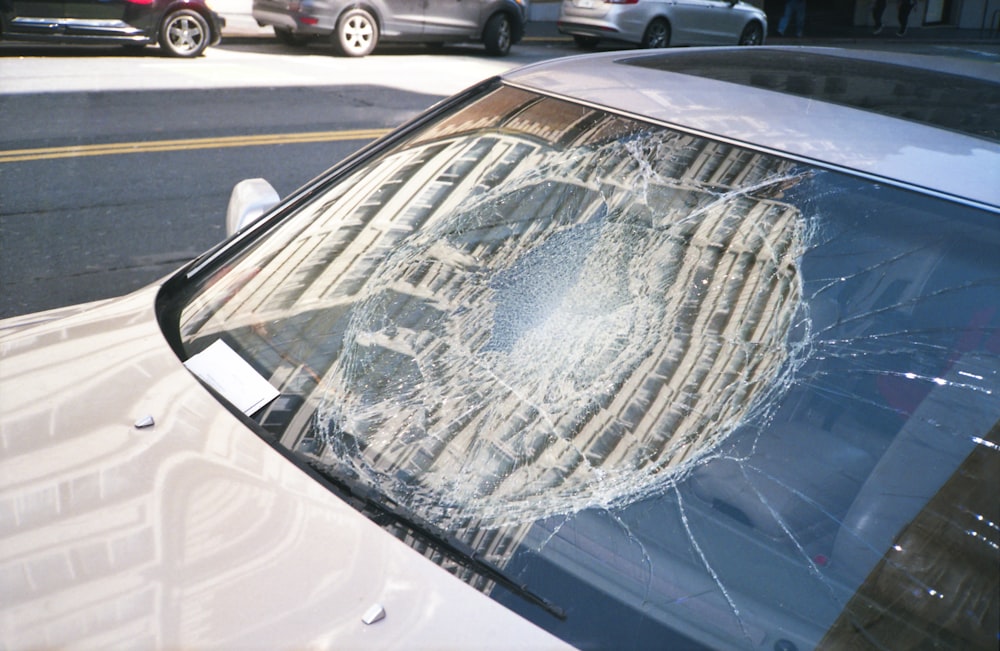Car insurance is one of the most important documents you should always have while driving. However, it is merely a piece of paper we carry for most of us.
When it comes to claims or renewal, we are unaware of the basic terms, making it very easy for workshops and insurers to maximize profit by forcing you to pay more than you were supposed to. However, if you’ve just purchased a car or a motorcycle for the first time, or new to motor insurance, you might feel a little overwhelmed by all the complicated terms and jargon you’ll encounter both online and in your policy documents.
However, this doesn’t have to be the scenario. We have an excellent glossary with brief definitions of the car insurance industry. But sometimes that is not enough, so let’s take a closer look at some essential terms about auto insurance that you should be aware of. Knowing all of this information will assist you in selecting the best motor insurance for your vehicle, especially since having at least a third-party policy is required.
Table of Contents
1. Comprehensive Policy
A comprehensive policy is an all-inclusive insurance policy that protects you from both third-party and your vehicle damages and losses in an accident, natural disaster, fire, or theft.
Most insurance companies permit you to customize your policy further with various add-on covers, such as a passenger cover, breakdown assistance, and a zero-depreciation cover. Before selecting which insurance company to go with, it is critical to check customer feedback from different companies’ example, Alfa Auto Insurance Review 2022, to know the best insurance company to invest in.
Although the premium for comprehensive motor insurance is higher than for a third-party policy, it is still highly cost-effective due to the broader coverage and benefits!
2. Third-Party Policy
Third-party insurance, also known as third-party liability insurance, protects you against liabilities that may arise from any accidental loss or damage you cause to a third-party vehicle, person, or property.
The first party in this situation is the vehicle owner, the insurance company is the second party, and the third party is anyone other than these two parties, i.e., the person/vehicle/property to which your vehicle has caused damage.
Unfortunately, your third-party liability insurance does not cover vehicle damage. (This is covered by own damage cover or comprehensive car insurance). However, it is mandatory to have at least third-party insurance.
For example, if you inadvertently damage another car’s bumper or another person’s bicycle, your third-party motor insurance will cover the third-losses party’s.
3. NCB or No Claim Bonus
No Claim Bonus, or NCB, is a discount that insurance companies offer on your car insurance premium if you haven’t made any claims in the previous year.
So, if you have driven safely throughout the policy year, your insurance company will reward you with a discount on your premium when it comes time to renew. This no-claim bonus discount ranges from 20% to 50% and increases with each claim-free year.
What’s the best part? You can even transfer your NCB to a different insurance company when changing policies, and you can even sell your car and buy a new one with your NCB. However, remember to renew your insurance on time to ensure that your NCB remains valid.
4. IDV or Insured Declared Value
In simple terms, your vehicle’s IDV, or Insured Declared Value, is its market value. Essentially, it refers to the maximum amount that an market value will pay in the event of total loss or damage to your vehicle.
So, how does it work? The IDV of any vehicle is typically calculated by adjusting the manufacturer’s selling price for depreciation based on the vehicle’s age.
In addition, if your vehicle has externally installed accessories, the IDV for those would be calculated separately and then added on. IDV = (Manufacturer’s listed price – Depreciation) + (Cost of accessories – Depreciation).
The IDV of your vehicle must be correctly calculated and provided when purchasing your auto insurance policy, as this ensures that your vehicle is not under-insured. Your IDV impacts your premium and, as a result, always ensure that it is correct.
5. Depreciation and Zero Depreciation
Depreciation is the decrease in the actual value of your vehicle and its parts over time, caused primarily by wear and tear. The moment a new vehicle leaves the showroom, its value has depreciated by 5%!
Your vehicle’s depreciation is determined by its age. Moreover, when you file a claim for a total loss (such as irreparable damage or theft) on an insured vehicle, the insurer typically deducts the depreciation cost before making the payment. Alternatively, when there is a partial loss circumstance, such as minor vehicle damage, the depreciation on its parts is considered.
But, you may be wondering, what is zero depreciation? Essentially, this is an add-on cover that you can purchase. Your insurance company ignores the depreciation of your vehicle and its parts when calculating the amount of your claim settlement for repairs or replacement.
While this add-on may raise your premium, the benefits of zero-depreciation coverage are well worth the extra cost.
Bottomline
However, aside from being a legal requirement, car insurance is critical for protecting your vehicle against costly repair costs that may arise from unexpected events such as a car accident. Knowing the above-mentioned car insurance jargon can assist you in selecting the best motor insurance policy for your vehicle.





